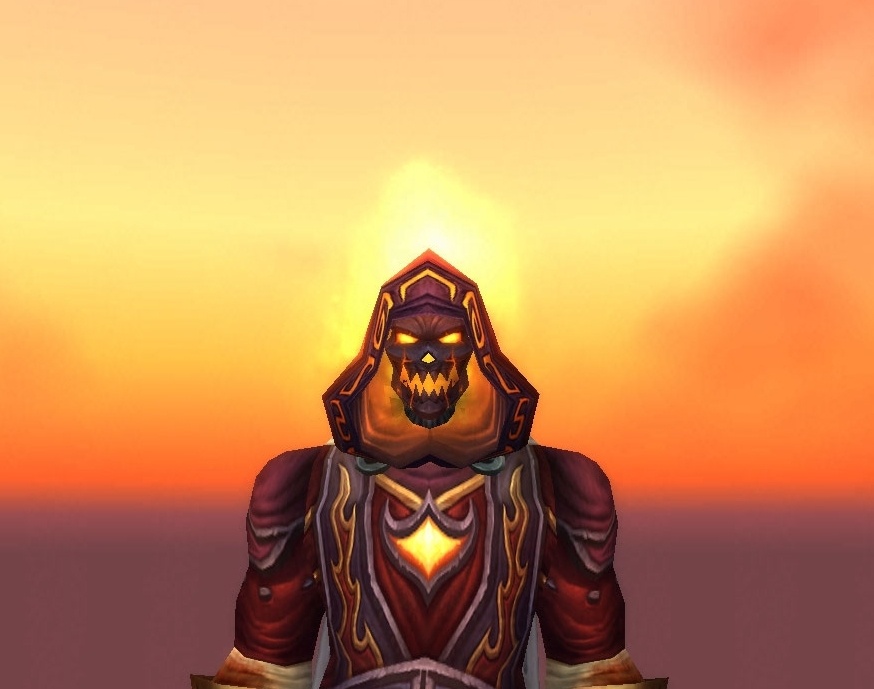

In Warcraft III while they are weaker than the early-game units of other races, they have access to the 'Defend' ability, increasing defense at the cost of speed, as well as being really cheap. The Footman has been the Human race's base unit throughout Warcraft, Warcraft II and Warcraft III, being simple melee units that fight the frontline battles. It has since been rebuilt in World of Warcraft, and tends to be the second human town that human characters in WoW would visit, a humble little town with class trainers, a blacksmith and the Lion's Pride Inn. Goldshire Footman: The humble town of Goldshire began life in Warcraft I as one of the towns nearby Stormwind Keep, completely destroyed by the assault of the first Horde to sever the lifeline between King Llane of Stormwind and his people.

So, let's get to the cards, shall we? Note that I'll be covering all the human cards in basic and classic, so that we don't get too much in the 'neutral' segment, y'know? The humans have suffered much, even durnig the events of World of Warcraft - Deathwing attacked Stormwind, and during Mists of Pandaria the increasingly-insane Garrosh dropped a mana bomb and completely obliterated Theramore Isle, but the humans nonetheless persevered and continue being the backbone of the Alliance. The humans, despite being the youngest race in Azeroth, are one of the most vocal and prominent, and Stormwind would remain one of the great seats of power for the Alliance, especially upon the return of its missing king, Varian Wrynn. While Dalaran has recently been rebuilt, the major human settlements during the events of World of Warcraft was that of mighty Stormwind (which itself was rebuilt after being razed at the end of the First War) and its king, Varian Wrynn, and the new city of Theramore, led by Lady Jaina Proudmoore. There were seven major human kingdoms prior to the Second War - Lordaeon, Stormwind, Dalaran, Kul Tiras, Stormgarde, Gilneas and Alterac, but due to the various wars that ravaged the land, the multiple kingdoms have found themselves mostly crippled, or, in the case of Lordaeon, Dalaran and Alterac, completely destroyed, while Gilneas would withdraw and seclude itself until the events of Cataclysm. Since Hearthstone's first set largely adapts the setting of classic World of Warcraft, with the obvious addition of several key lore characters and races from Warcraft III and the WoW expansions.įor the most part, the history of humanity is more or less told via the brief (very brief) recap of the Alliance's history told above. Thanks to the prominence of the human-vs-orc conflict in all four games, the humans and orcs find themselves to be the races most represented among the classic and basic set in Hearthstone. During the events of Battle for Azeroth, five 'allied races' were formally induceted into the Alliance, namely the Void Elves, the Lightforged Draenei, the Kul Tiran Humans, the Dark Iron Dwarves and the Mechagnomes. When the Mists of Pandaria was lifted, the Tushui sect of the Pandaren joined the Alliance.


During the Cataclysm, the once-secluded human kingdom of Gilneas which broke apart from the Alliance after the Second War, fell to the twofold attacks of the feral worgen and the armies of the Forsaken, and after being rescued by the Alliancce (and in the process mostly succumbing to the curse of the worgen) pledged themselves once more to the Alliance. During the Burning Crusade expansion, the draenei of the Exodar would crash-land on Azeroth and join the Grant Alliance. Over the events of the various World of Warcraft expansions, various other major races would join the Grand Alliance. While the Night Elves pledged themselves as permanent allies - and later part of the Alliance, tensions and old hatreds between Alliance and Horde caused even more conflict and death that severed their brief alliance.


 0 kommentar(er)
0 kommentar(er)
